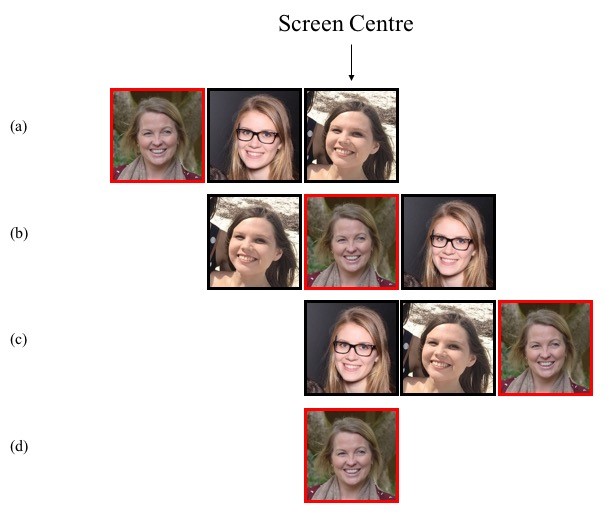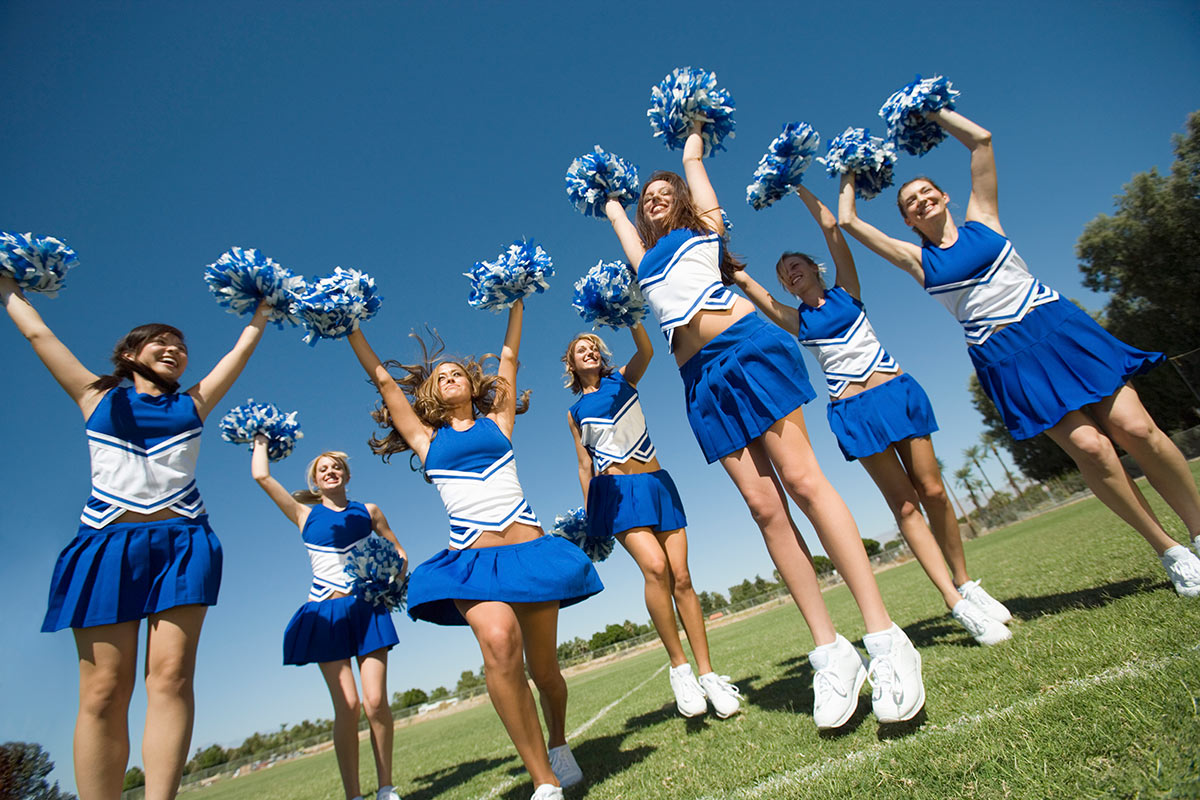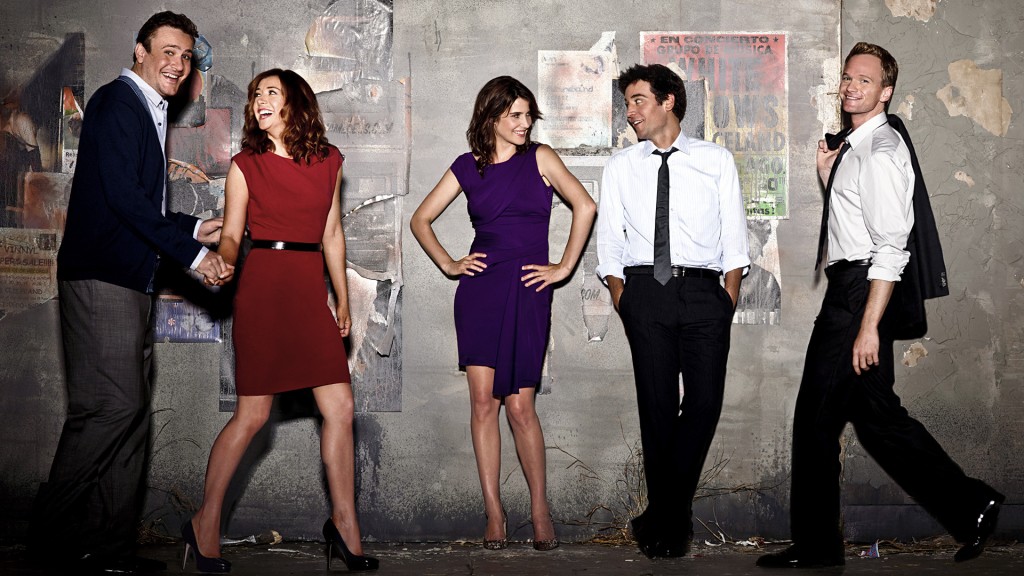
In the world of social media, personal marketing and self-promotion, choosing the right profile picture can be a challenge. Everyone wants to make a good first impression.
A new Flinders University study has found surprising benefits for choosing a picture of yourself in a group, compared to a traditional portrait.
“While attractiveness is in the eye of the beholder, our ‘eye’ can play tricks when it comes to a crowd or gathering of people,” says PhD candidate Daniel Carragher, from the Flinders University Brain and Cognition Laboratory.
For decades, psychologists have studied facial attractiveness by showing photographs of faces alone. But a 2014 American study showed that a person is perceived to be more attractive when shown in a group with other faces, than when seen alone.

The authors of the study called this the cheerleader effect, in reference to an effect of the same name described in the comedy TV series How I Met Your Mother.
“The cheerleader effect is thought to be the result of the way that the visual system processes complex visual scenes, and the way that memory for these group displays is structured,” says Flinders University Professor of Psychology Mike Nicholls, a co-author of the Scientific Reports paper.
“Groups of people are often photographed side by side. Yet, we know that humans have a preference to look at the left side of space compared to the right,” Professor Nicholls says.
The Flinders research team investigated whether the cheerleader effect depended on the position of the faces in the group.

The Australian study, in which 130 participants were asked to rate the attractiveness of pictures of female faces on a scale from 0% (very unattractive) to 100% (very attractive), found that faces in a group appeared more attractive than when the same faces were seen alone. The study also found that faces were more attractive, no matter where they appeared in the group picture.
“These findings show that the cheerleader effect is extremely consistent,” says Mr Carragher.
“Our findings fit with the way that the visual system processes complex visual displays, such as a group of faces.
“We are very good at summarising large and complex scenes, so that we can get the ‘gist’ of what is happening. Our visual system creates a very rapid summary or general impression of what’s going on a group.
“Accordingly, it doesn’t matter whether there are small left of right differences in the way that a group is arranged to result in a consistent result for this cheerleader effect.”
While the currently study only showed female faces, Mr Carragher points out that previous findings have shown that both men and women look more attractive in a group.
Attractive people are thought of as being intelligent, competent and trustworthy, he says.
By presenting yourself in group pictures, it might be possible to make better a better first impression than if you were seen alone.
‘Visuospatial asymmetries do not modulate the cheerleader effect’, by DJ Carragher, BJ Lawrence, NA Thomas and MER Nicholls, published in Scientific Reports.

